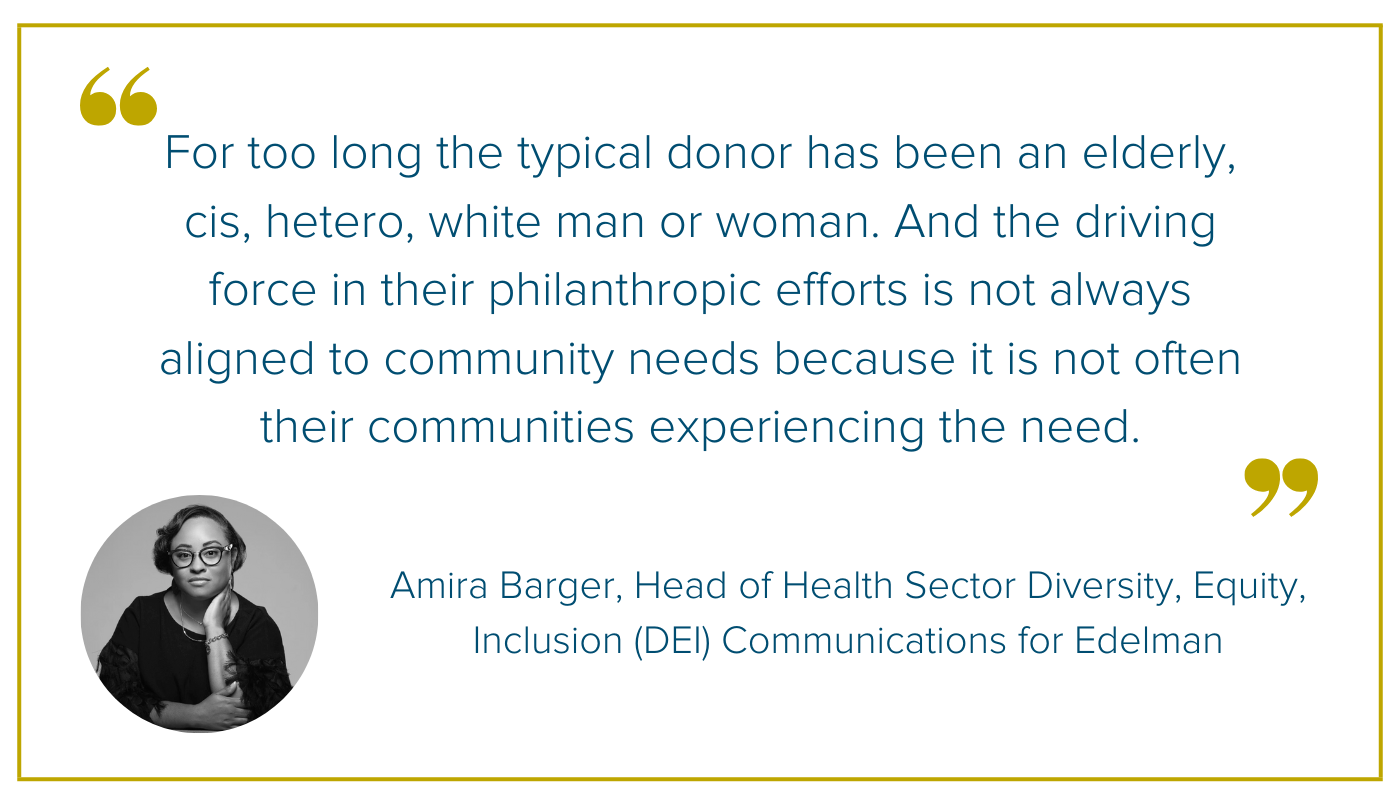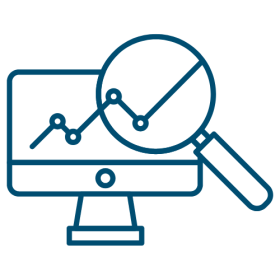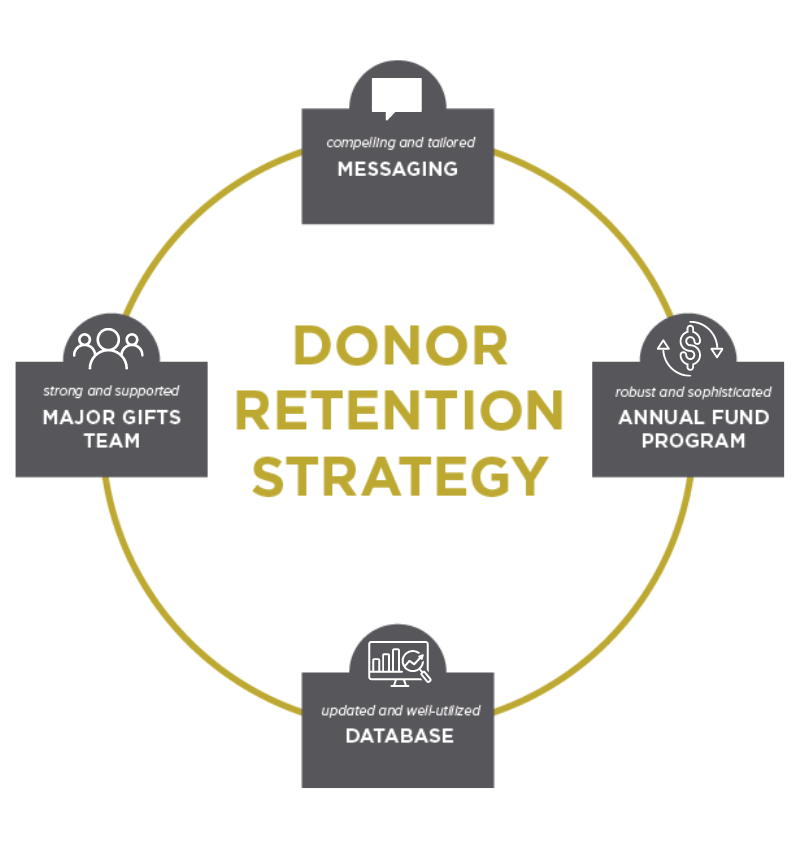The Donor Diversity Lag
Over the past few years, as the country has increasingly turned its attention to historical and societal injustices, organizations—from for-profit businesses to nonprofits enterprises—have focused more intentionally on implementing diversity, equity, and inclusion measures. While these efforts to look inward and develop a workforce and culture that is reflective of our society as a whole have led to greater representation from staff, leadership, boards, and advisors, the effort to diversify donor bases has lagged.
But why? Our world is more diverse than ever before. Yet diverse, representative donor communities continue to be sidelined from traditional fundraising mechanisms. However, a recent shift in the midst of our larger societal refocusing has seen a movement toward change in this arena. Increasingly, nonprofit leaders are understanding the necessity of expanding fundraising portfolios, and considering the essential work of forming donor bases that are representative and facilitate clearer channels between organizations’ values, work, and funding.
As organizations continue to work to adopt practices that diversify all aspect of their work, reaching diverse donor bases—and understanding the messages that resonant with different communities—is an increasingly important and relevant undertaking that deserves attention—and action.
A Movement of Change
Approximately 14% of millionaires are people of color, a number that will continue to increase as demographics continue to evolve. Our diverse society creates the opportunity to bring in communities that have often been either ignored or deemed uninterested in nonprofit causes. “Many donors of historically marginalized communities have long been engaged in philanthropy directly within communities,” Amira Barger, the Head of Health Sector Diversity, Equity, Inclusion (DEI) Communications for Edelman notes. “That nonprofit organizations and fundraising leads were unaware does not take away from the robust work of donors who care for their communities directly.”

Organizations and nonprofit leaders are increasingly realizing their own blind spots and the significant gaps between work, message, and communities served. A major shift is the reexamination of what has been thought of as the ‘traditional donor.’ In the past, organizations have traditionally leaned into largely white donor bases to support their work, often reinforcing a gap between funding and the communities served. As Barger articulates, “For too long the typical donor has been an elderly, cis, hetero, white man or woman. And the driving force in their philanthropic efforts is not always aligned to community needs because it is not often their communities experiencing the need. This lack of community membership often shows up for traditional (white) donors as rescuing or robbing people of their personal agency and the community has actively been calling this out for years, forcing organizations to take a look in the mirror.”
More and more, organizations are understanding that the lack of diverse representation among donor bases can lead to a direct impact on both funding and project efficacy, and a disconnect between goal and impact.
How Organizations Are Shifting Their Strategies
Organizations can take steps to create a donor base fully representative of their work and their community in a number of ways.
 Take a Hard Look at Your Data
Take a Hard Look at Your Data
Take a deep dive into analyzing your current donor base. What demographics are you reaching? Which are you missing? Are there correlations between fundraising appeals and donor turnout? Employing an outside expert to look at datasets is often a valuable tool in this work.
 Diversify at All Levels
Diversify at All Levels
So often organizations add diversity to the lower ranks of staff without looking further. It is imperative to look at all aspects of an organization, from staff to leadership to boards, advisory councils, and volunteers. Creating a workforce and culture that is representative of your community is an important step in reaching a donor base that is similarly diverse.
 Listen
Listen
Ask, and then listen. Really listen. Speak to staff, board, volunteers, and the communities served about what they genuinely care most about. From there, a more apparent roadmap to finding similarly-minded donor bases might become clearer.
 Understand Your Audience
Understand Your Audience
Once you have a more transparent understanding of your current donor base, begin to plan new approaches to seeking new donors. Maybe the direct mail campaign isn’t reaching certain groups of people, or is only reaching older donors, for example.
 Showcase the Full Scope of Your Work
Showcase the Full Scope of Your Work
What are the stories you’re telling? Are you showing different voices and aspects of your achievements? Be clear about how your work reaches certain groups of people and its results.
 Plan for Lasting Change
Plan for Lasting Change
One way to begin to create meaningful and lasting change is to bring in an expert who can help draft a tailored plan for reaching new and diverse donor communities. Focus attention on a longer-term plan of several or more years, rather than on how to attract donors now or for an imminent campaign or need.
 Seek Local Advisors and Partners
Seek Local Advisors and Partners
Look locally—hyper-locally. Look for trusted, local community leaders, and seek their advice on how to reach communities that you aren’t currently. Work with local partners—other nonprofits, community organizations, schools, etc.—to further understand your community and widen your donor base.
The Clear Advantage
As organization do this work, the effort to create a more diverse donor portfolio should organically mean that the donor portfolio is representative of the communities in which the organization is based and the communities it serves. The great advantage of a representative donor base is having a purposeful support network that is fully representative of an organization’s work, goals, and effectiveness. A representative, diverse donor base means that a mission will be more fully executed with your constituents in mind, and there will deeper value in your work and a greater connection to your community, at all levels. And that, ultimately, is what all purpose-driven work is about.




